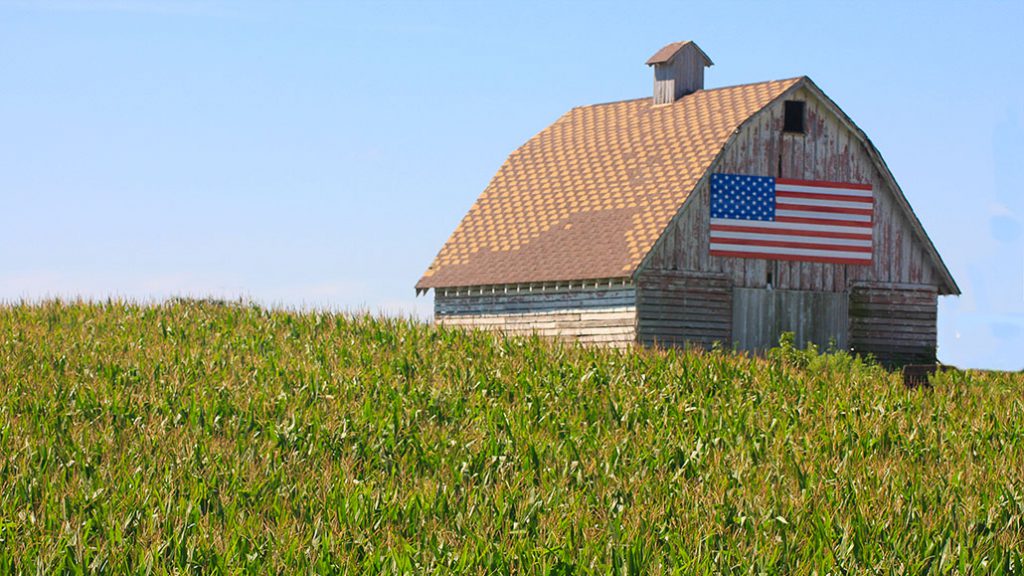New U.S. Farm Bill
ISSUES STILL TO BE RESOLVED

AS THE U.S. Congress went into recess for the month of August, the Senate and the House of Representatives had each passed a 2018 farm bill, but the versions differed on key provisions and will have to be reconciled by a conference committee.
The most challenging issues to resolve are in the area of food and nutrition programs, where the House bill would reduce the number of people eligible for food aid by 1.2 million and create work requirements for some recipients.
The two versions are close to agreement on commodity programs, making it unlikely that farmers will face drastic changes in this area. Specifically, the House bill continues two of the three commodity programs from the 2014 farm bill — the Price Loss Coverage Program (PLC) and the Agriculture Risk Coverage (ARC) program — but includes changes to make PLC the more attractive choice for farmers. As a result, spending for PLC is projected to increase by $408 million while spending for ARC will decline by $254 million. The third commodity program – single farm level ARC-IC – is eliminated in the House bill but retained by the Senate.
The bill also continues the Marketing Assistance Loan program, including Loan Deficiency Payments (LDP), and the dairy Margin Loan Program, and it makes some changes to disaster assistance programs.
Changes proposed for payment limitations and Adjusted Gross Income eligibility requirements – for example eliminating marketing loan gains and LDP from AGI eligibility requirements — could create new avenues for farms to increase benefits but are likely to be controversial with opponents of nutrition program cuts.
There could also be more debate over the bill’s conservation provisions, which would reduce conservation spending by $795 million over ten years, primarily by eliminating the Conservation Stewardship Program (CSP) and increasing the acreage cap for the Conservation Reserve Program (CRP). The bill would provide an additional $7.7 billion for EQIP, which provides payments for adopting and installing conservation practices. It increases funding by $2.2 billion for the Agricultural Conservation Easement Program and by $1.3 billion for the Regional Conservation Partnership Program.
In other provisions, the bill increases spending on two export programs (the Market Access Program and the Foreign Market Development program) by $450 million and eliminates the energy title created in the 2002 bill but continues the energy programs under the rural development title. Since it also ends mandatory funding for energy programs, this is projected to reduce spending on biorefinery assistance and the Rural Energy for America Program by over $500 million in ten years.
How the Congress will progress to negotiate a final version of the bill may well depend more on outside political forces than on farm policy details. Historically, Congress’ success in passing farm bills has been based in part on the combined votes of farm-state Republicans who supported the agricultural agenda and urban Democrats who backed the food aid programs. That approach held up in the Senate, which passed its farm bill on a bipartisan vote of 86 to 11.
In contrast, House members voted on strictly partisan lines within the agriculture committee, then passed their bill in the full House by 213 votes to 211 after a first attempt in May failed in a dispute over changes to food aid. [Though titled as a farm measure, the bulk of farm bill spending is for food aid. This year, the agriculture department’s spending is expected to total $140 billion, of which 69% will be for nutrition assistance and only 18% for commodity programs].
In a separate development from the farm bill, the U.S. Department of Agriculture has announced it will authorize up to $12 billion in spending to help agricultural producers weather the damage caused by trade disruptions. Specifically, the Market Facilitation Program will provide payments incrementally to soybean, sorghum, corn, wheat, cotton, dairy and hog producers. A food purchase and distribution program will purchase unexpected surplus fruits, nuts, rice, legumes, beef, pork and milk for distribution to food banks and nutrition programs. Finally, a trade promotion program will work in conjunction with the private sector to develop new export markets. •
























